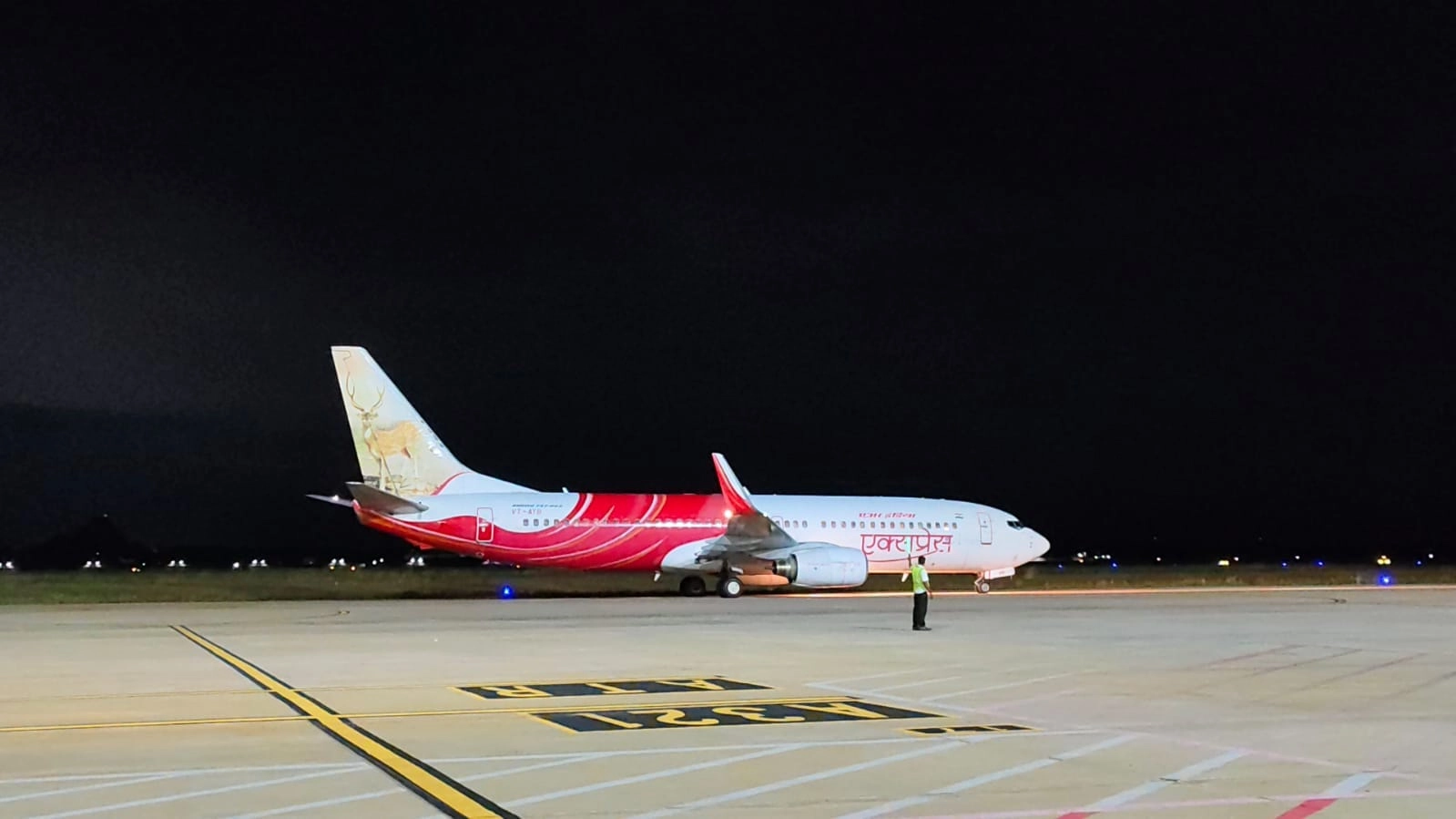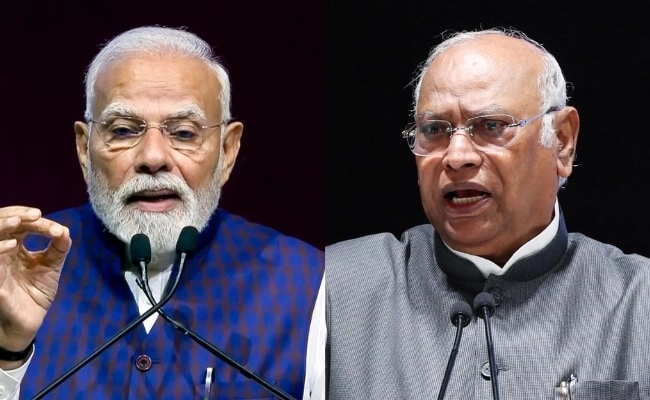The recent unveiling of India’s Akashteer System has sent ripples through the defense landscape, particularly in Pakistan, where military analysts describe it as a “never seen before” disruptive technology. This system, part of India’s broader strategy to modernize its defense capabilities, is designed to enhance surveillance and reconnaissance. While the specifics of the Akashteer System are still emerging, its potential implications for regional security dynamics are significant.
One of the key features of the Akashteer System is its advanced radar technology, which provides real-time data and situational awareness. This capability allows for timely responses to potential threats, fundamentally altering the operational landscape for both India and its neighbors. For Pakistan, this means a recalibration of its defense strategies, as the balance of power in the region may shift in India’s favor due to these technological advancements. The emphasis on indigenous development in India’s defense sector not only promotes self-reliance but also poses a challenge to Pakistan, which must now contend with an adversary equipped with cutting-edge capabilities.
Moreover, the psychological impact of such technology cannot be understated. The Akashteer System serves as a deterrent, potentially influencing the strategic calculations of Pakistan’s military leadership. As they assess their own technological capabilities, which may lag behind India, there is a growing concern about maintaining a credible deterrent posture. This situation could lead to an arms race, as Pakistan may feel compelled to invest in its own disruptive technologies to counterbalance India’s advancements. The fear of falling behind could prompt a significant shift in defense spending and strategic planning.
In conclusion, the introduction of the Akashteer System is more than just a military upgrade for India; it represents a pivotal moment in South Asian defense dynamics. For Pakistan, the system is not merely a technological challenge but a strategic one that necessitates a comprehensive response. As both nations navigate this evolving landscape, the ramifications of such disruptive technologies will be felt far beyond their borders, influencing regional alliances and global security paradigms. The race for technological superiority is on, and how each country adapts will shape the future of security in South Asia.




